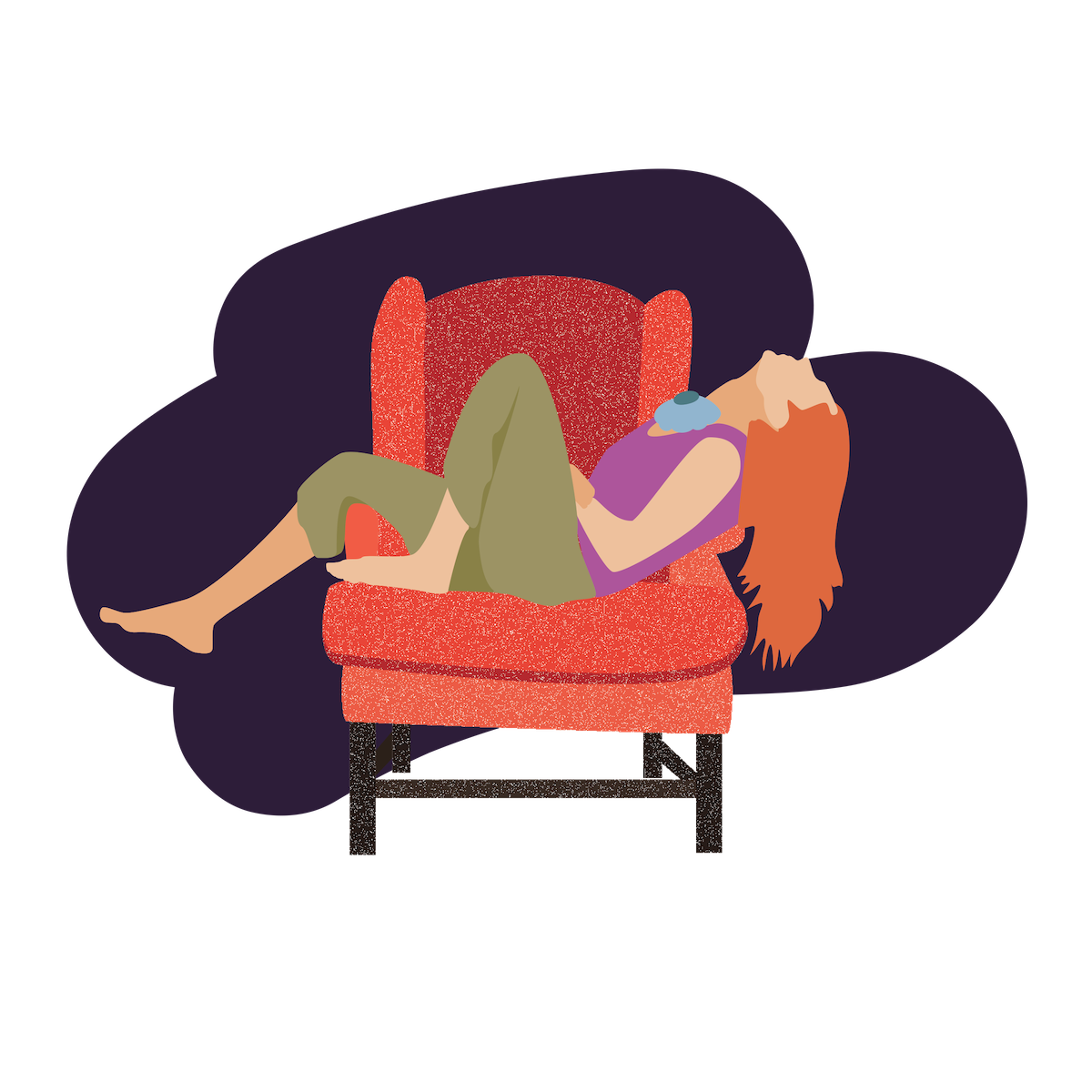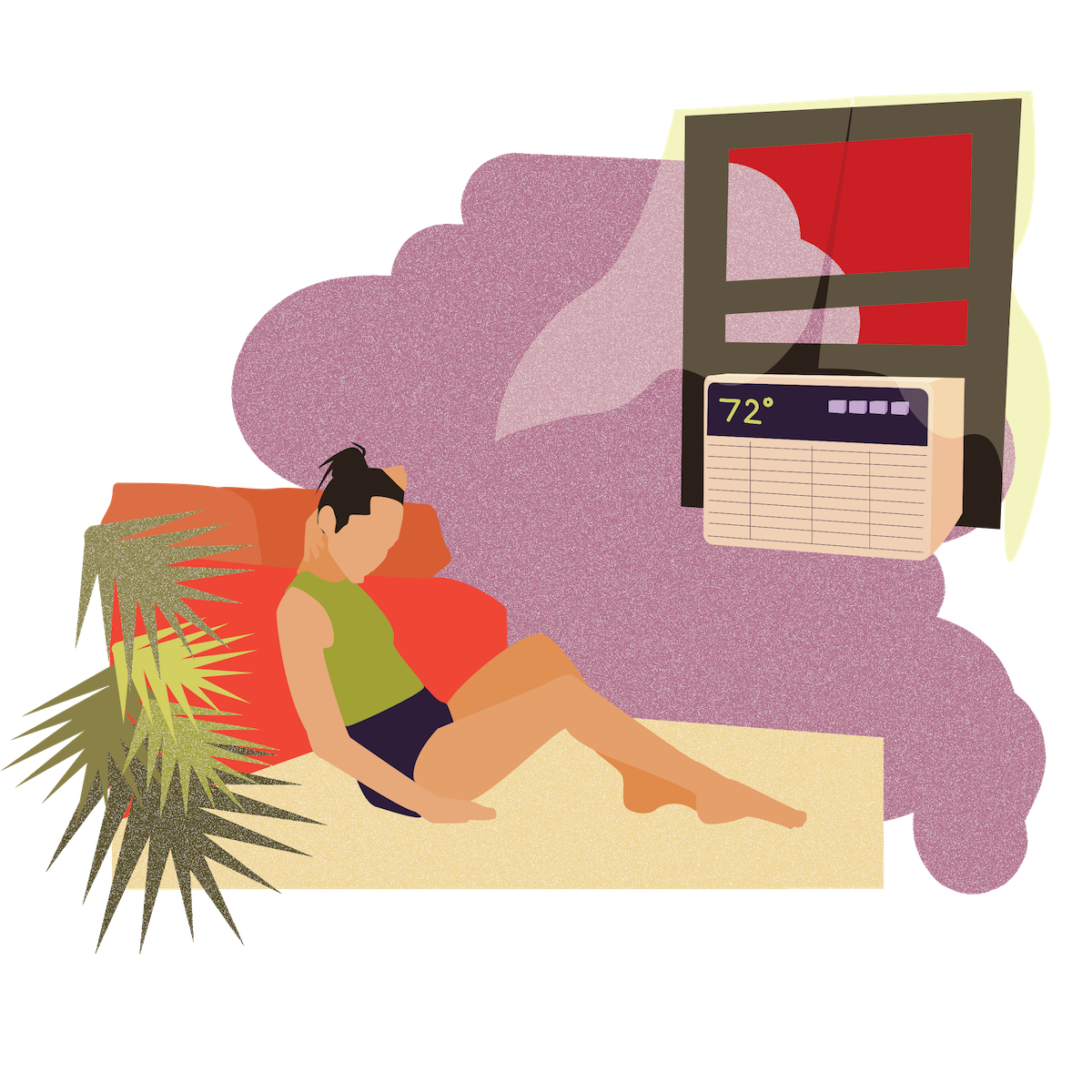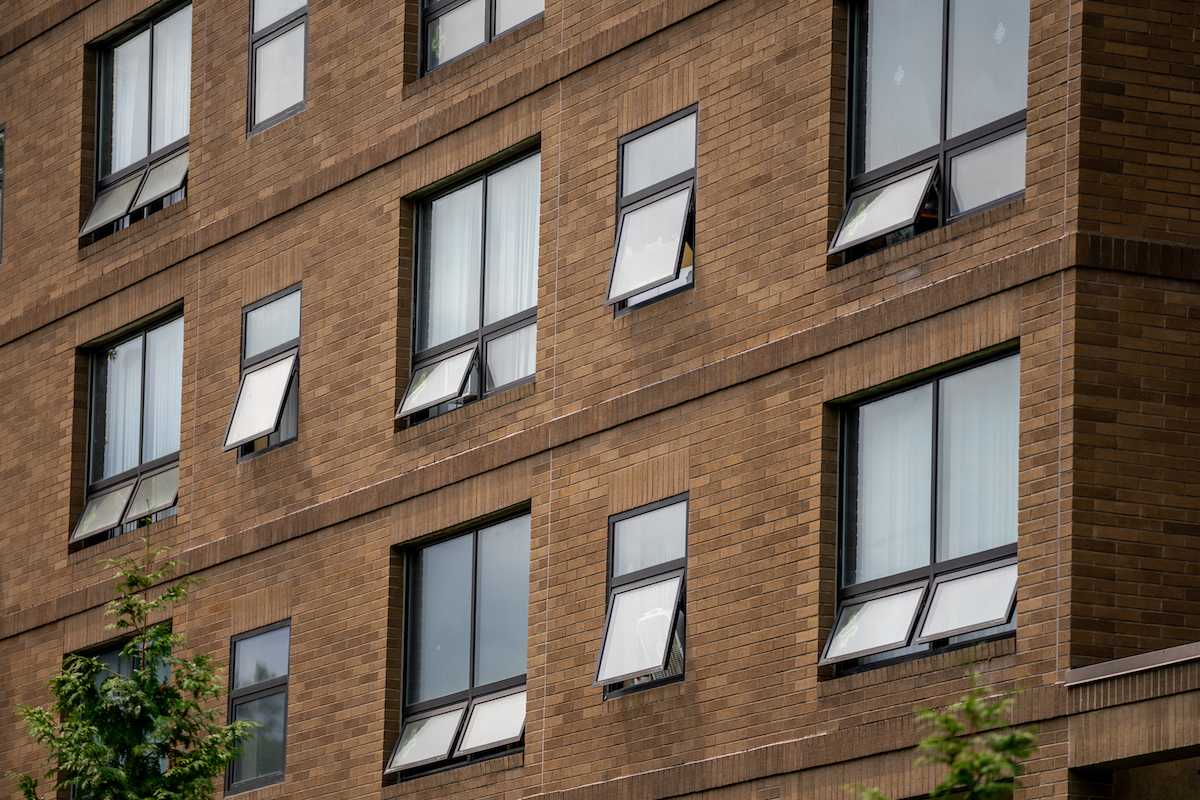Summers in Portland are becoming increasingly hotter, and many people living in areas with the highest heat risk have no air conditioning—including Portland State housing.
I live in one of the hottest parts of the city without air conditioning this summer, so I have focused on finding ways to survive in the heat. Here are a few of the solutions I’ve been able to come up with, ranked from most to least effective.
Air conditioning
If you live in a building which allows air conditioning units, the simplest solution is to install a unit. Of course, that’s easier said than done. Air conditioning units cost hundreds of dollars and not every living space supports a window-mounted unit. However, if cost is the only issue, it may be worth contacting a community distribution partner with the Cooling Portland program. The program works with community organizations like the Asian Pacific American Network of Oregon and the Latino Network to provide cooling units to people in need.
Under the terms of Oregon Senate Bill 1536—also known as the Tenant Right to Cooling Bill—it appears every landlord in the state must allow the installation of air conditioning units, as long as they follow specific guidelines. As always, check your lease and seek out legal advice as needed.
Evaporative coolers
Evaporative coolers—also called swamp coolers—do work, especially in a relatively dry climate like Portland. These use less energy than an air conditioner, cost less and could potentially cool a room just as much as air conditioning if the humidity is low enough. According to the United States Department of Energy, one evaporative cooler can reduce the temperature of a room by 5°F to 15°F.
Evaporative coolers are still expensive and may not be an option for everyone. Luckily, because Portland has pretty dry summers, the same principles of evaporative cooling apply whether or not you can get your hands on a swamp cooler. Water has the highest thermal conductivity of nearly any liquid, and you can use that to your advantage.

Ice and fans
This is essentially a cruder version of an evaporative cooler. It’s exactly what it sounds like—get a big container full of ice and put it directly in front of your biggest fan. As the fan blows warm air over the ice, the ice evaporates and cools the air before it goes into the room.
A few factors can make this method more or less effective. First, get your most powerful fan—preferably a large box fan. Second, get as wide a bowl or tray as possible for the ice. More surface area means more air contact and cooling. Third, try this method in the smallest space possible, such as your bedroom. It is possible to cool an entire room this way, but it takes a staggering amount of ice to keep it running. Trust me, I know. Focusing on one area of the room is far more efficient, unless you want to shovel ice every 20 minutes.
Personal cooling
Every cooling method discussed so far has been about cooling your living space, but sometimes that’s just not possible. In houses or apartments which insulate heat or on days where temperatures skyrocket above 100°F, it can be near impossible to keep up with the heat from outside.
In that case, it’s much more efficient to cool yourself rather than attempt to cool your space. The same points mentioned above still apply. Remember, cold water is your friend.
However unpleasant they may be, cold showers can do wonders for an overheated body. Even better is a long ice bath, preferably close to bedtime. Other helpful methods might include putting an ice pack or damp washcloth on your forehead, misting yourself with a spray bottle or getting a personal misting fan for your desk.

Preventative measures
Cooling down the room or yourself helps, but also do as much as you can to prevent it from getting too hot in the first place. If you have curtains, keep them shut during the day to prevent sunlight from getting in and heating up the space. If you don’t have curtains—get curtains. Keep the windows shut as much as possible during the day to keep the hot air out.
If all else fails, and you’re stuck at home during the hottest part of the day, you can always try to sleep through it. God knows we need it.






